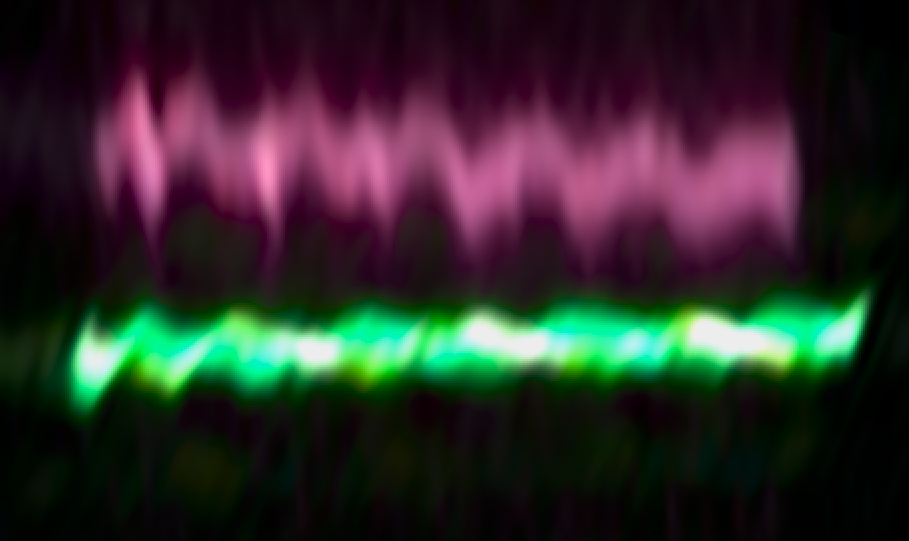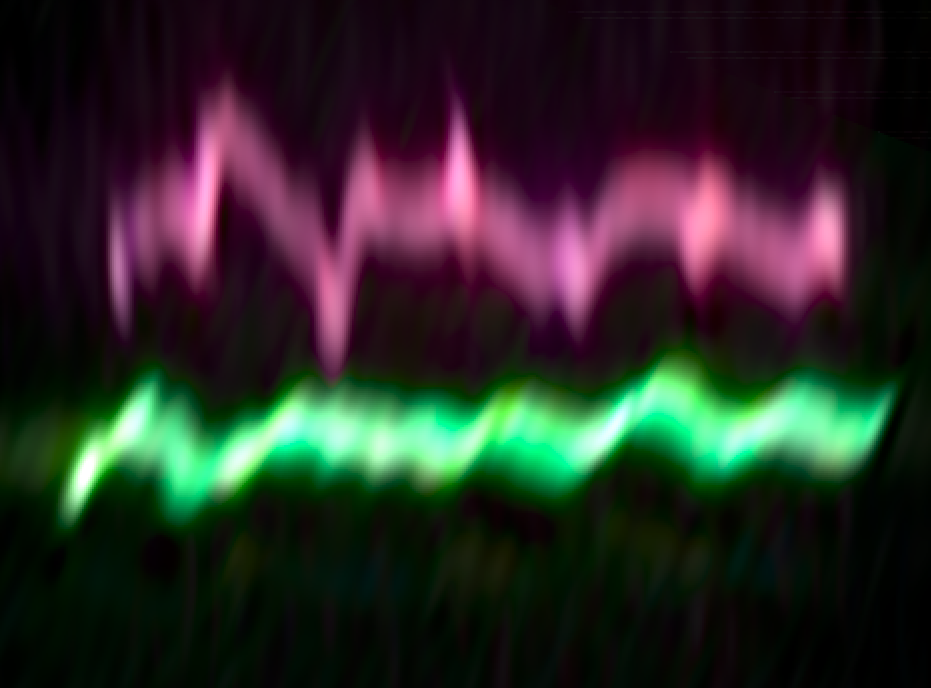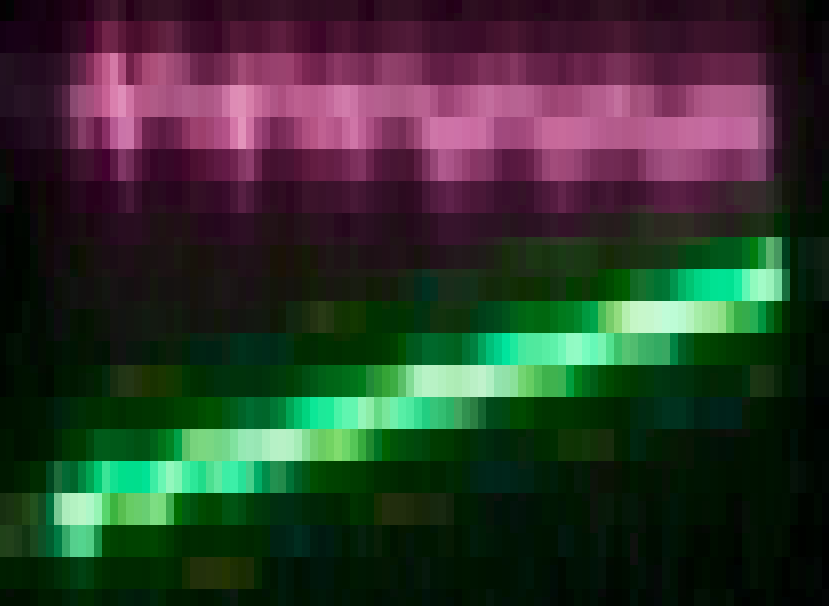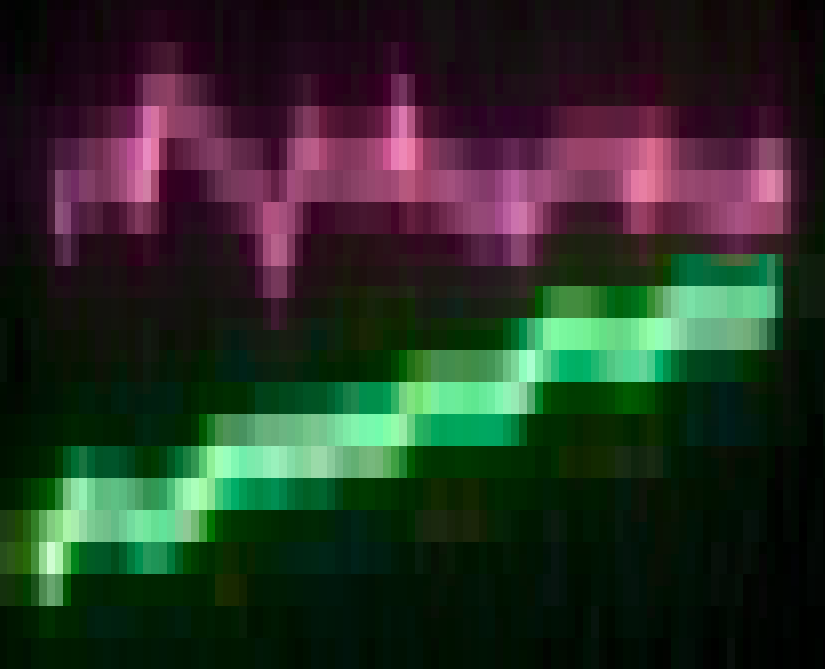In order to compare the a7R and the D800E’s sensor-level shutter release blur, I combined some of raw images from the last three posts into two images that show both camera’s performance with the same vertical and horizontal scales.
To review, the two setups were:
- Zeiss 135mm f/2 APO Sonnar ZF.2 on a Nikon D800E, RRS D800 L-bracket
- Leica 135mm f/3.4 APO Telyt on the a7R with a Novoflex adapter, RRS a7 L-bracket
Both were mounted on an Arca Swiss C1 Cube and RRS TVC-44 legs, which was resting on vinyl tiles over a concrete floor over earth. The camera was focused via a mirror on an oscilloscope with grounded vertical input and the horizontal time base set to 20 milliseconds/division. Total camera-to-scope optical distance was 55 feet. The shutter speed was 1/8 second, and the apertures were set near f/8. ISO was 100. The Sony was triggered with a 2-second self-timer delay. The Nikon was triggered electrically in mirror up mode with the remote set to apply a five-second delay between the triggering of the mirror and the release of the shutter.
The resultant raw files were processed in Lightroom with default settings except for an Exposure push. Then they were exported to Photoshop as layers, where the Sony images got a hue shift that turned the green scope trace to red. After that, they were flipped left to right (to correct for the mirror), enlarged 2000% vertically and 400% horizontally using the “preserve details’ interpolation option, and the Nikon traces were leveled using Edit>Transform>Rotate.
First, cameras in landscape orientation:
And now with the cameras in portrait alignment (we’re still looking at vertical – with respect to gravity -– motion):
Here are the un-rotated traces, enlarged — more vertically than horizontally — using nearest neighbor so you can see the individual camera pixels.
Landscape:
Portrait:
It’s pretty easy to see that the a7R shakes a lot more than the D800E. Still, the amount of D800E shake visible here is enough to prevent using all the resolution that the camera and lens are capable of, except at high and low shutter speeds if it’s set up in portrait mode. Whether or not the shake is enough to damage images if the camera is mounted in landscape orientation will take some further work: see the next post.
It’s not completely an apples to apples comparison, since the Zeiss lens is so much heavier than the Leica one, but it’s still useful.




While the Sony A7r is a wonderful camera, it has some drawbacks like the lack of lenses when it comes to specialized studio and commercial work. I read a review that it does not provide tethered support. On the other hand Nikon and Canon provide wide array of lenses to photographers with varying budgets and also tethered support. If it is not possible to buy all lenses, you have the option of hiring in almost all the cities and towns in all the countries.
One advantage of the a7R wrt lens selection is that you can use Canon and Nikon (and Zeiss ZF) lenses on it by means of an adapter. I use other than Sony lenses on mine most of the time. You give up AF with Nikon, and the Canon adapted AF is reportedly slow, but the lenses themselves work fine. And, the Zeiss ZF lenses never had AF in the first place.
Jim